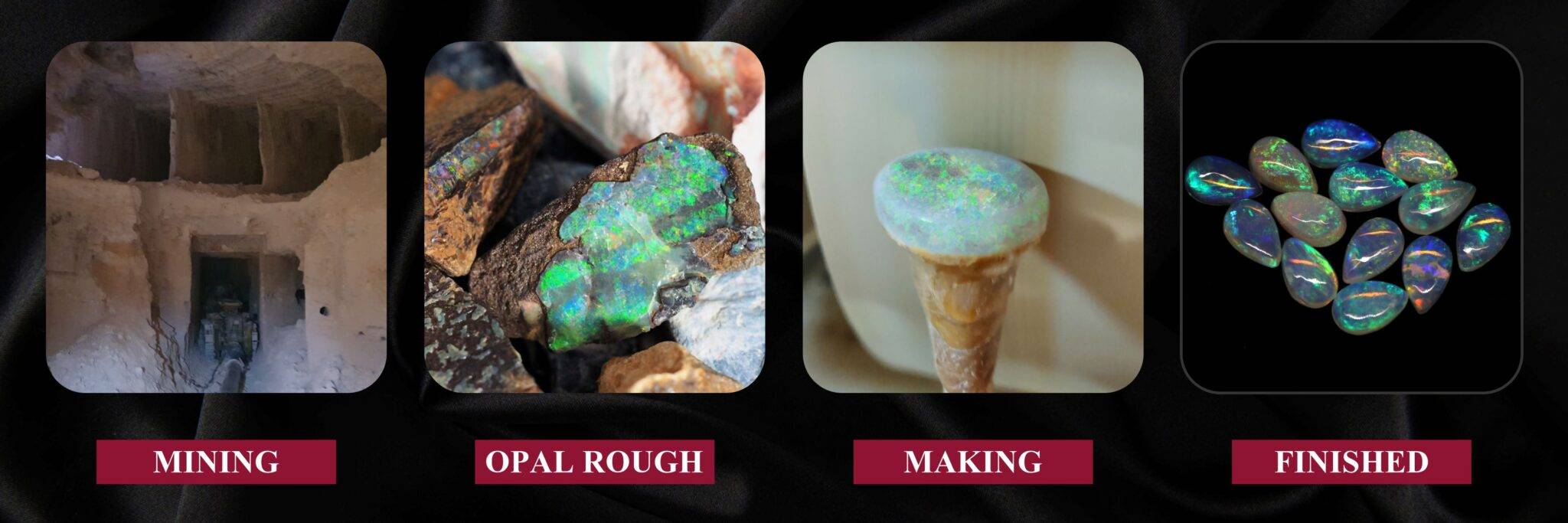
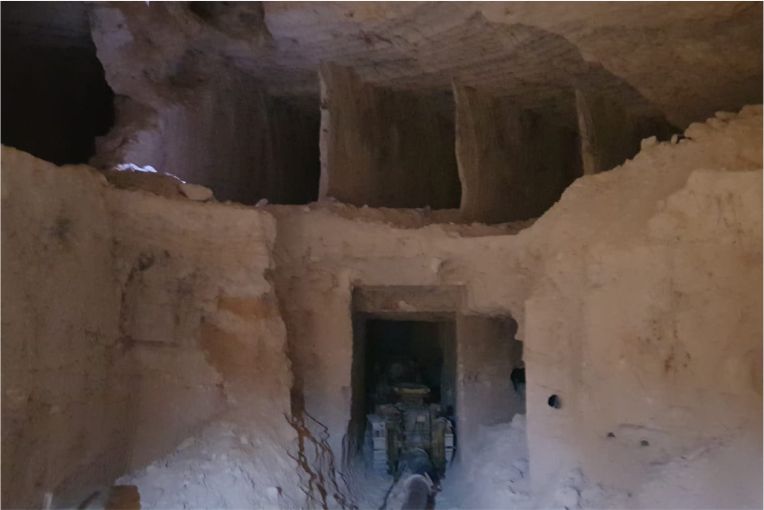
We are mining best quality opal rough in Coober Pedy Australia.
Mining
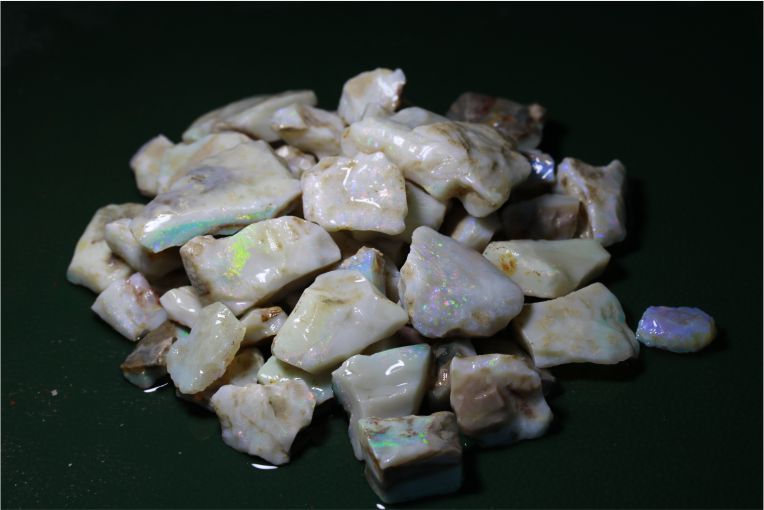
We extract high quality opal rough from the mines in Australia and get it imported to India
Raw Material (Opal Rough)
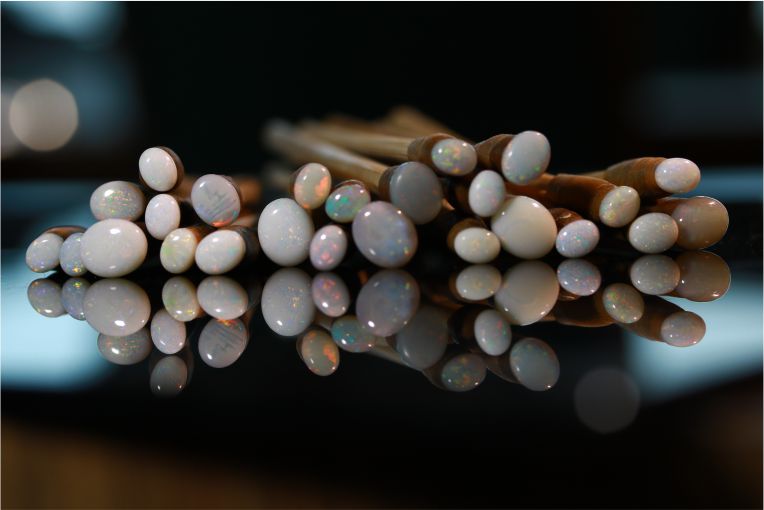
We are known for cutting and polishing Australian opals with good finish.
Processing
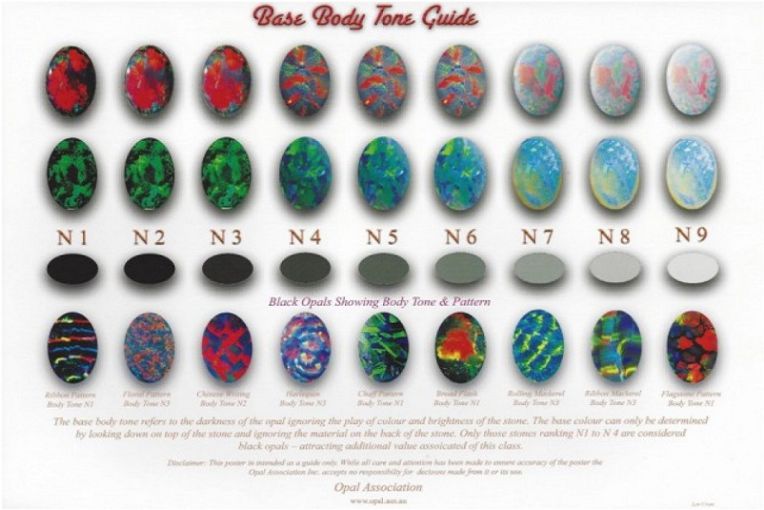
Finished Australian Opals are graded based on fire and shape of opal as per the international standards of GIA.
Grading

Opals are then certified as a Natural from Gem Testing Laboratories.
Certification

We always deliver the original Australian Opal through Fedex with safe, secure & insured packaging.
